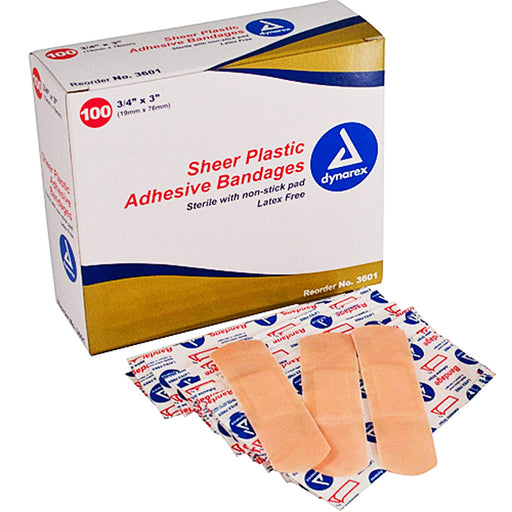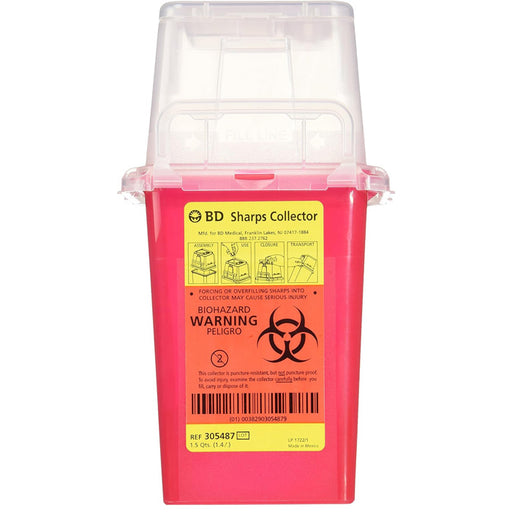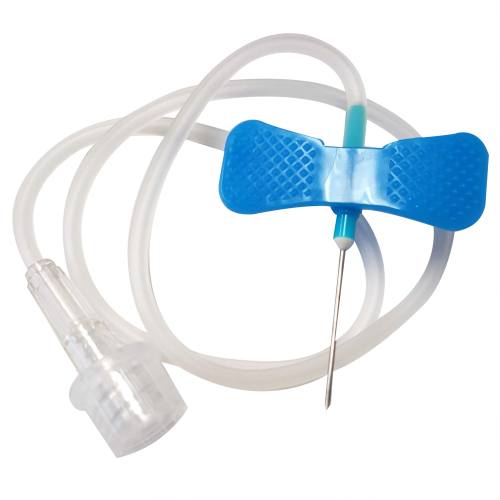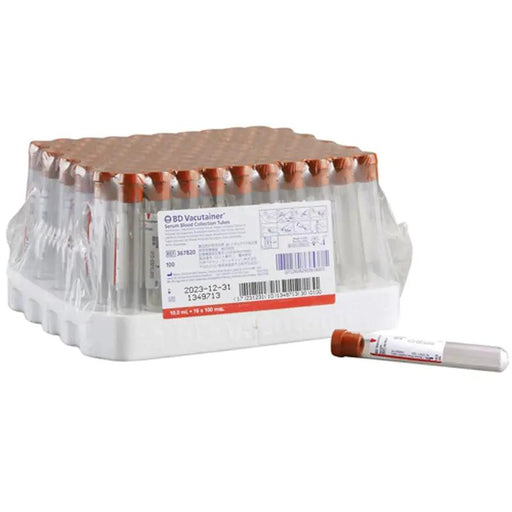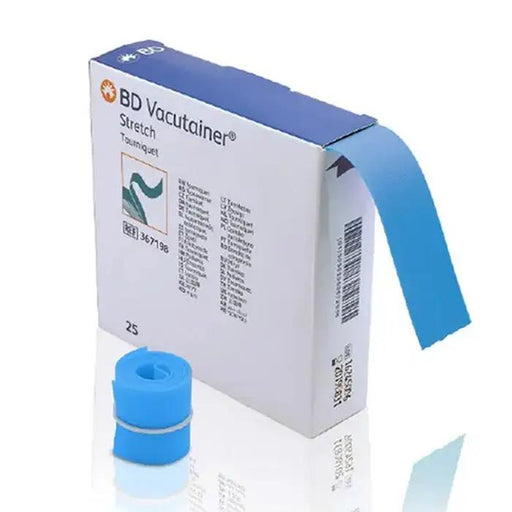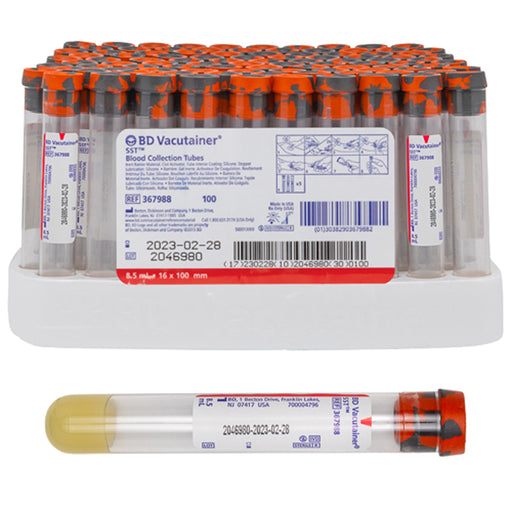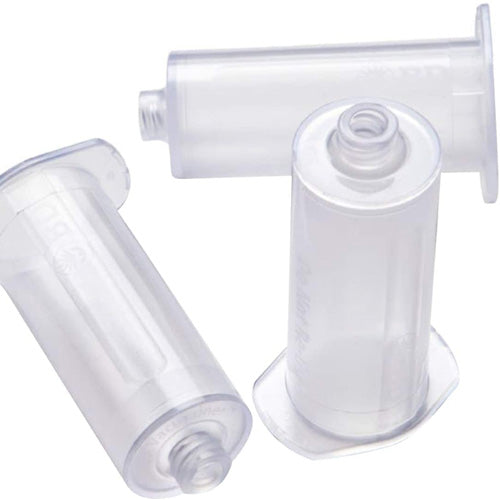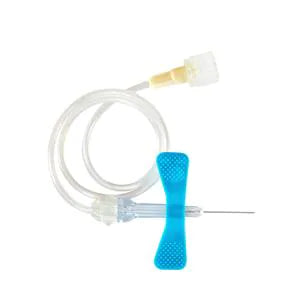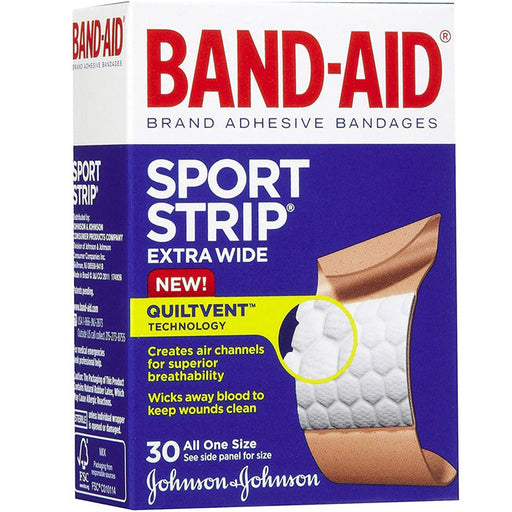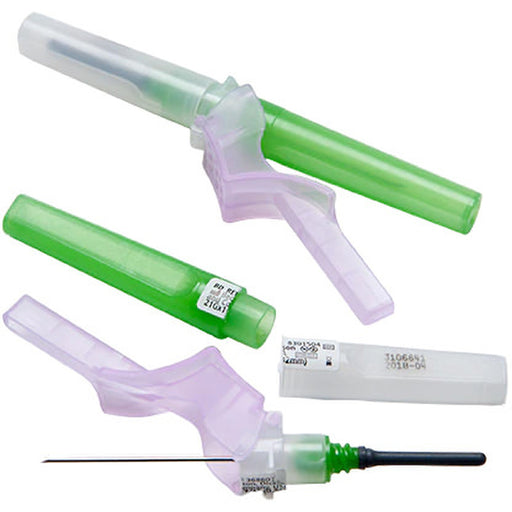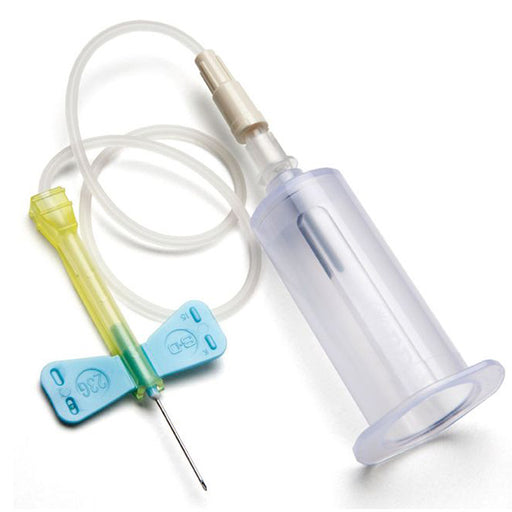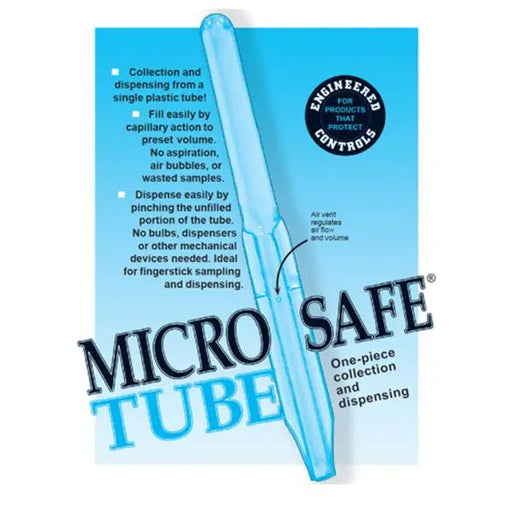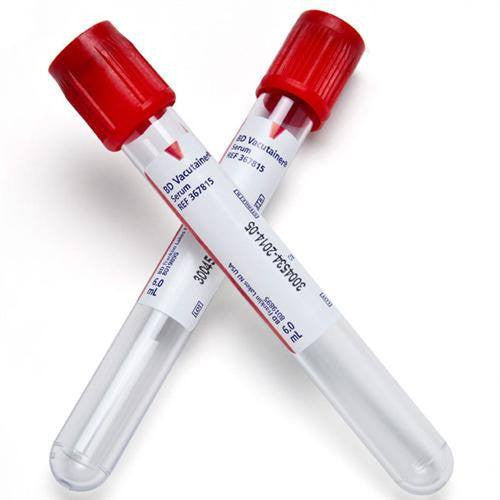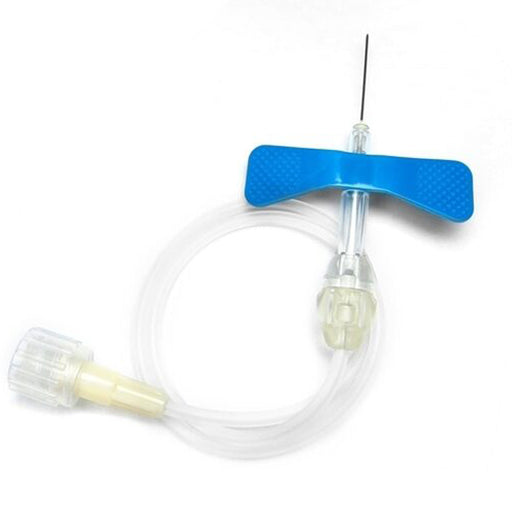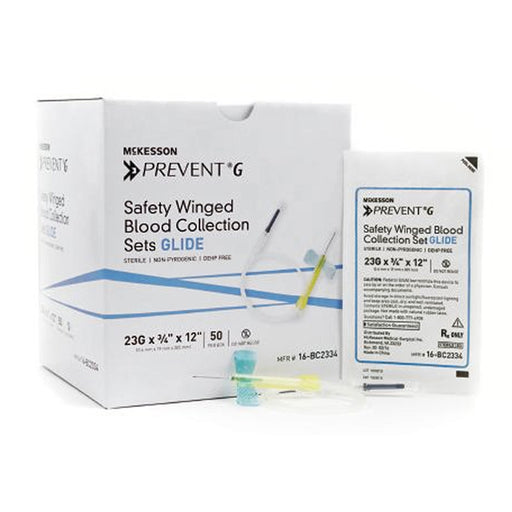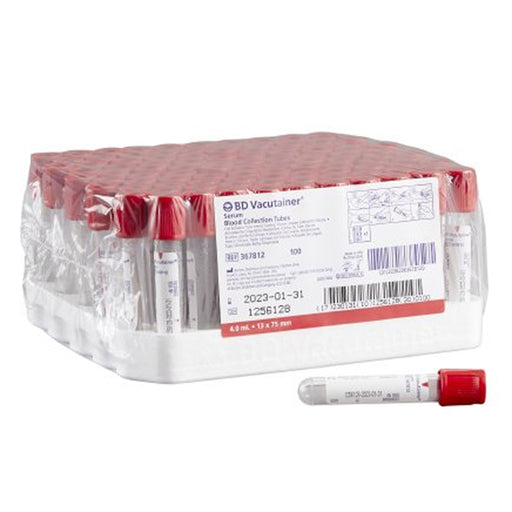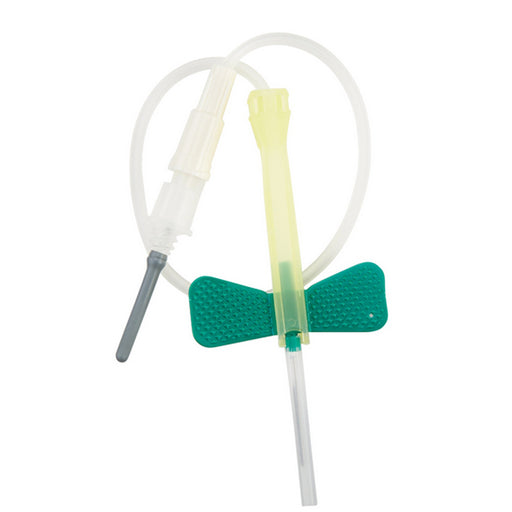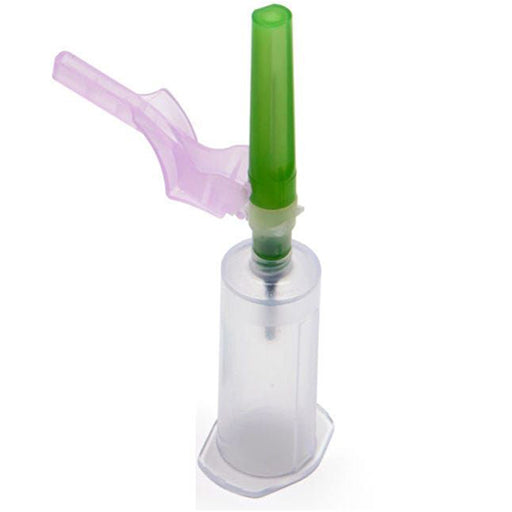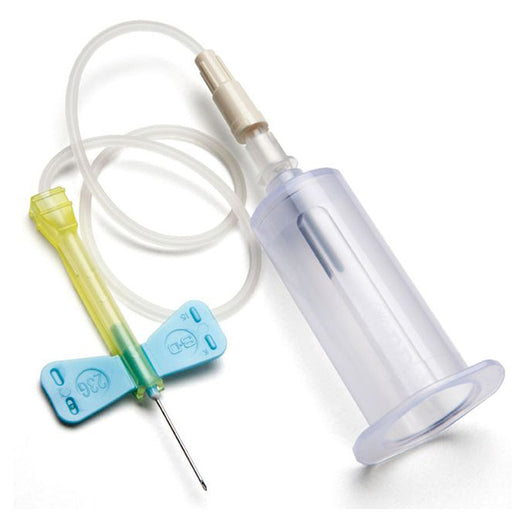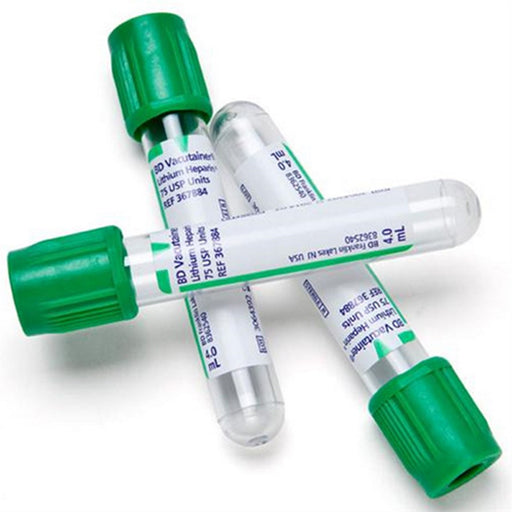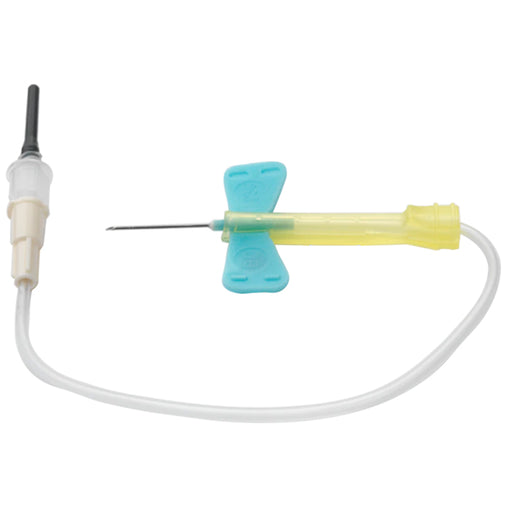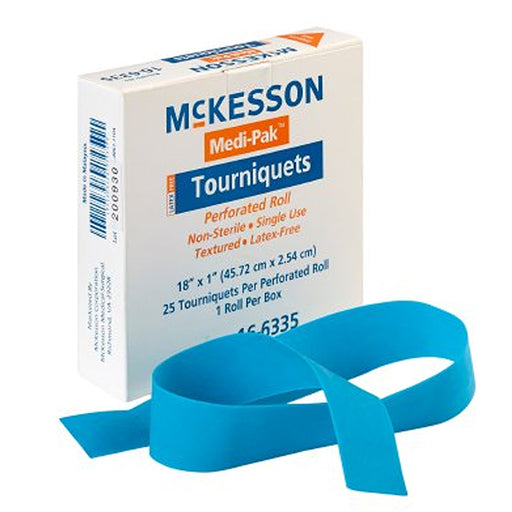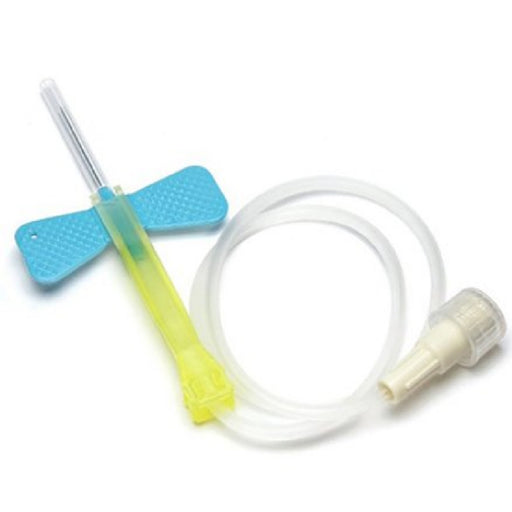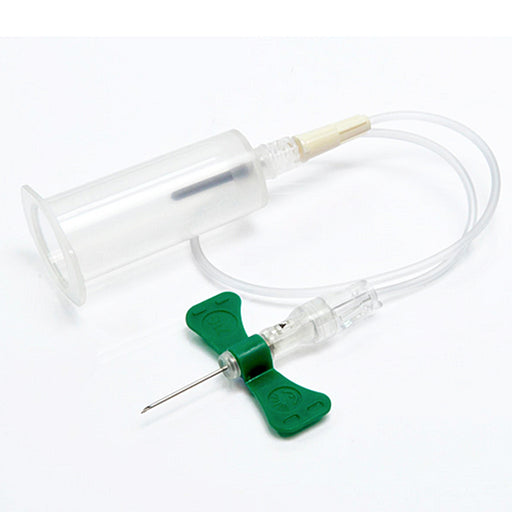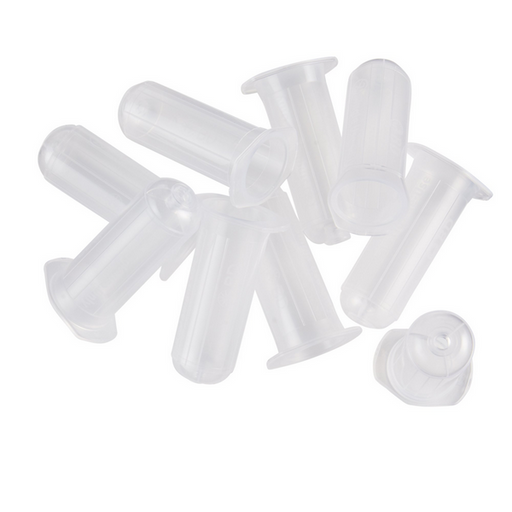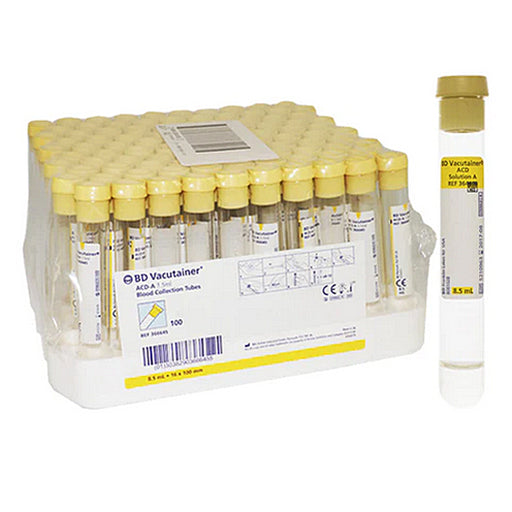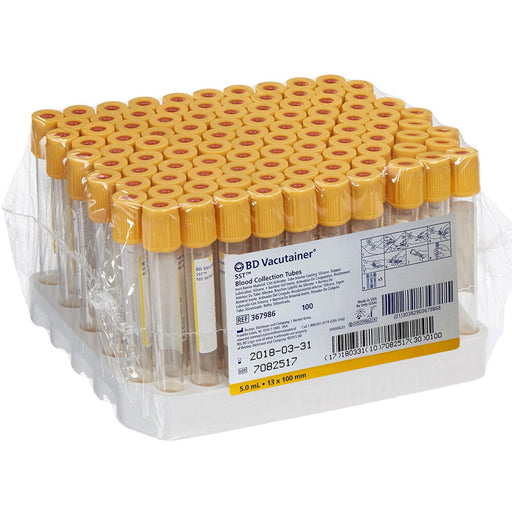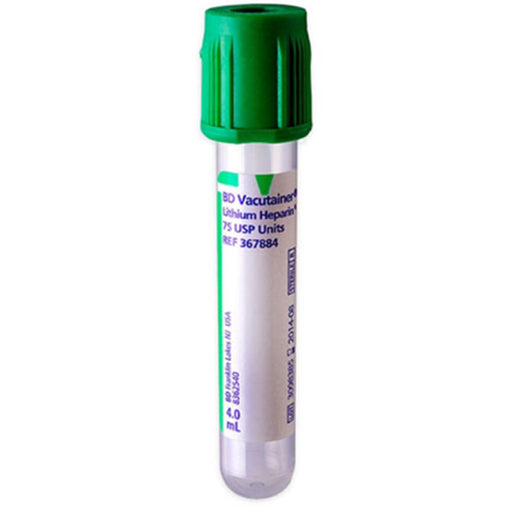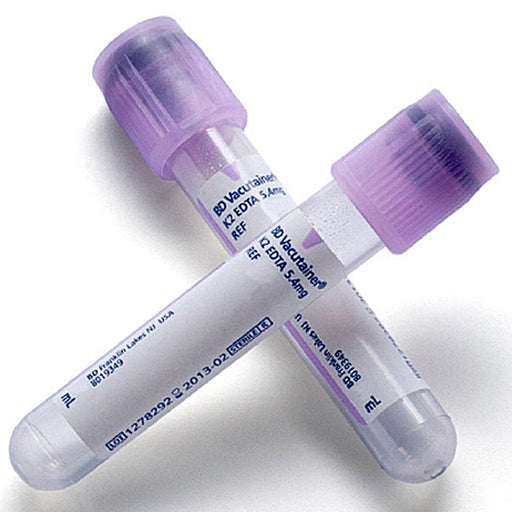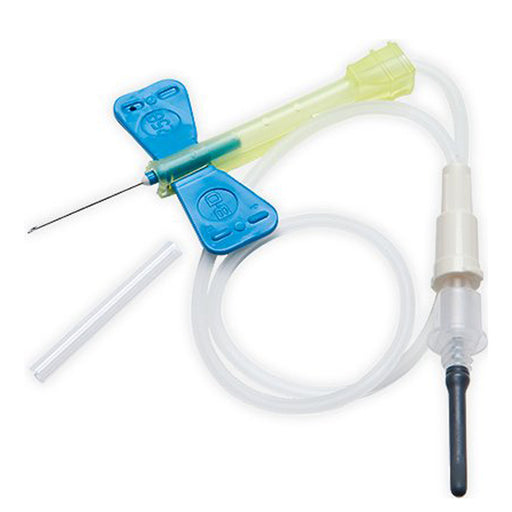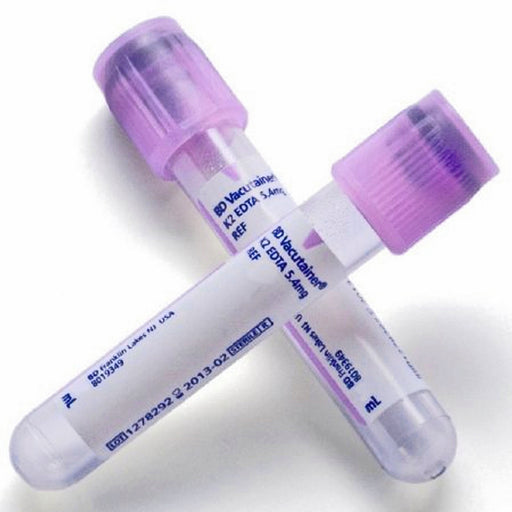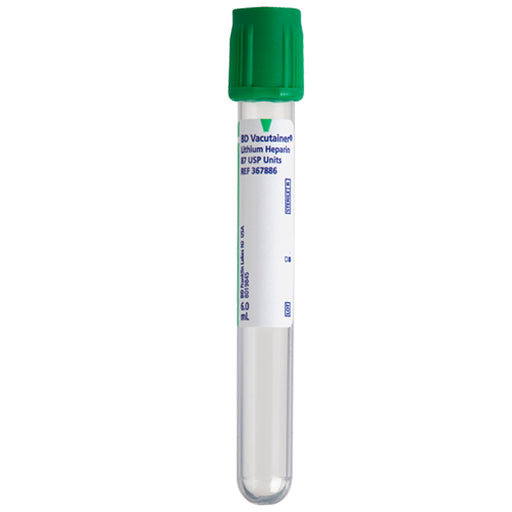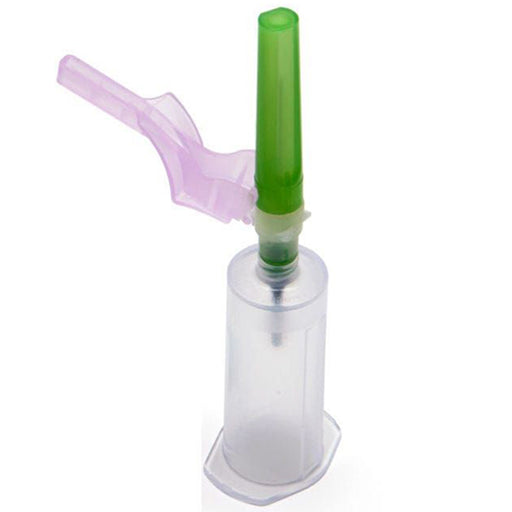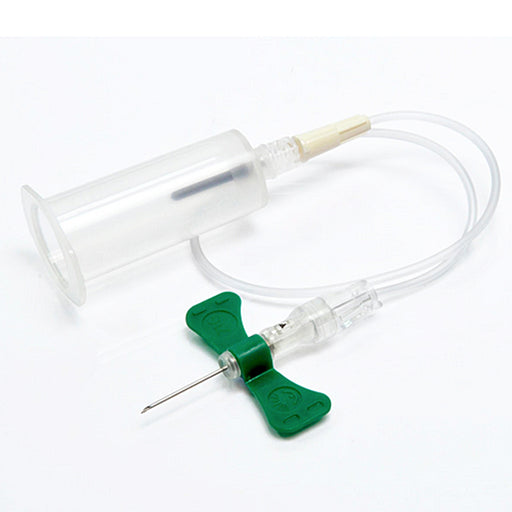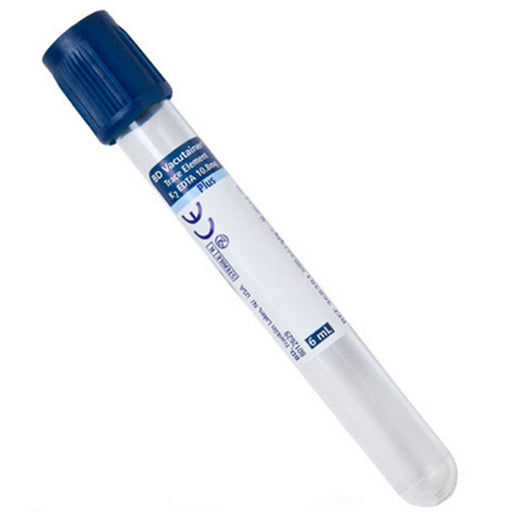What are Phlebotomy Supplies
Phlebotomy supplies are essential tools and materials used for drawing blood samples. A Basic supplies list for beginners typically include:
Needles and Syringes: For venipuncture.
Vacutainer Tubes: Blood collection tubes with different additives.
Tourniquets: To restrict blood flow and make veins more prominent.
Alcohol Swabs: For sterilizing the puncture site.
Gloves: For hygiene and safety.
Gauze Pads and Bandages: To cover the site post-draw.
Sharps Containers: For safe disposal of needles.
How to use Phlebotomy Supplies:
Using phlebotomy supplies involves several steps to ensure safety and accuracy:
Preparation:
- Wash hands and wear gloves.
- Gather all necessary supplies: needle,
syringe or vacutainer, tubes, alcohol swabs, tourniquet, gauze,
bandages, and sharps container.
Patient Identification: Verify patient information and explain the procedure.
Site Selection and Cleaning:
- Apply the tourniquet above the draw site.
- Select a suitable vein.
- Clean the area with an alcohol swab and let it dry.
Venipuncture:
- Insert the needle at a 15-30 degree angle, bevel up.
- Collect the blood into tubes or syringe.
Completion:
- Release the tourniquet as soon as blood flow is established.
- Remove the needle, applying gauze to the site.
- Dispose of the needle in the sharps container.
Post-Procedure:
- Apply a bandage to the site.
- Label the samples.
Dispose of all waste and wash hands.
Following these steps helps ensure a safe and efficient blood draw.

